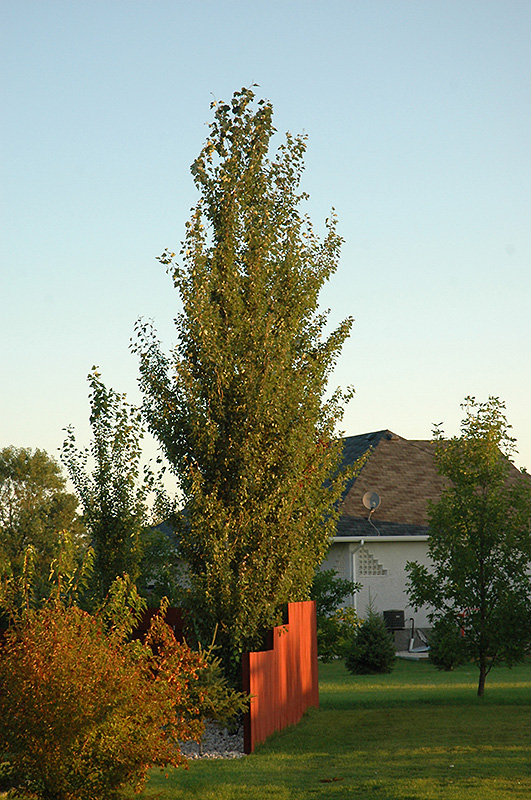
Tower Poplar (Populus x canescens 'Tower') in Ottawa Nepean Kanata Stittsville Gatineau Aylmer
This is a very vigorous and handsome poplar, which produces suckers freely, and grows well on most soils, including chalky ones. It is used for shelter and, in some parts of the world, for checking soil-erosion. Most modern authorities consider P. canescens to be a hybrid between P. alba and P. tremula.
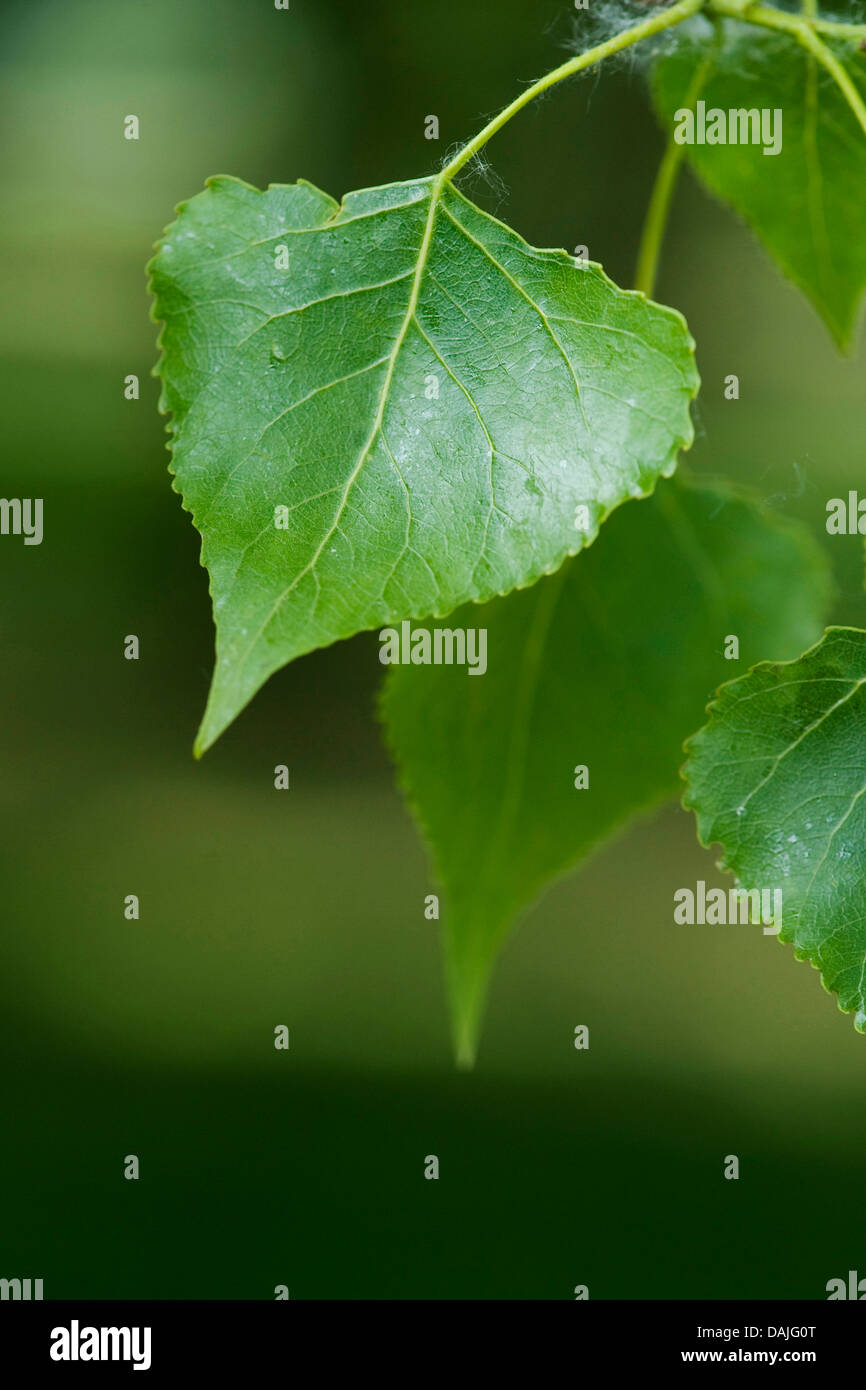
Grey Poplar (Populus x canescens, Populus canescens), leaves on a branch Stock Photo Alamy
Populus x canescens 'Macrophylla' is one of the Gardens most prominent champion trees! This giant popular hybrid has stood by our pond since 1970. Sometimes known as 'Picart's Popular', this is a larger leaf form of the common variety and a lot taller growing.
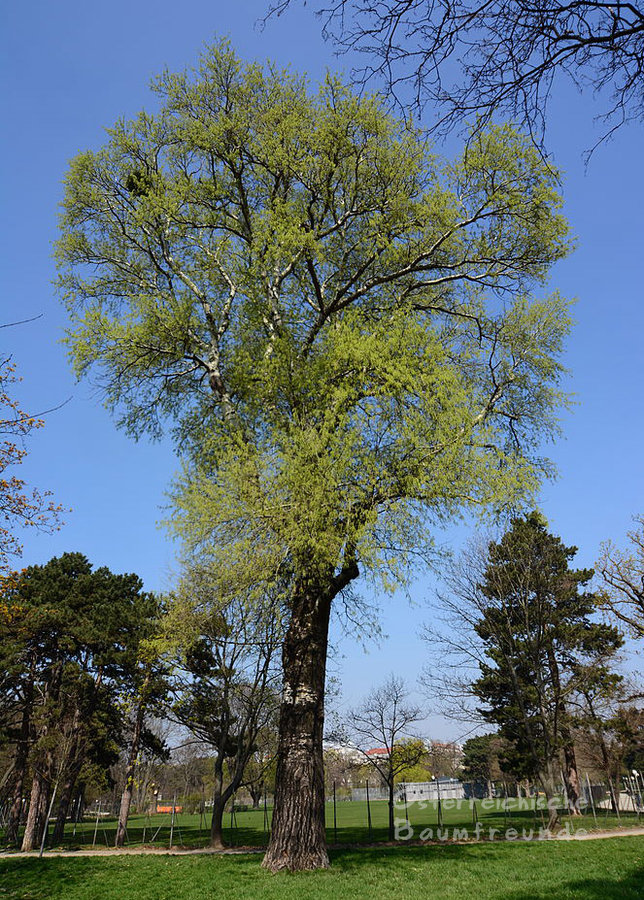
Graupappel Populus x canescens Österreichische Baumfreunde
EPPO Code: POPCN. Preferred name: Populus x canescens. Authority: (Aiton) Smith. Notes. A natural hybrid between the European parent species (P. alba and P. tremula), found occasionally in the wild. This hybrid has been the basis for a selection and propagation programme which makes P. canescens the commonest plantation poplar in western Europe.
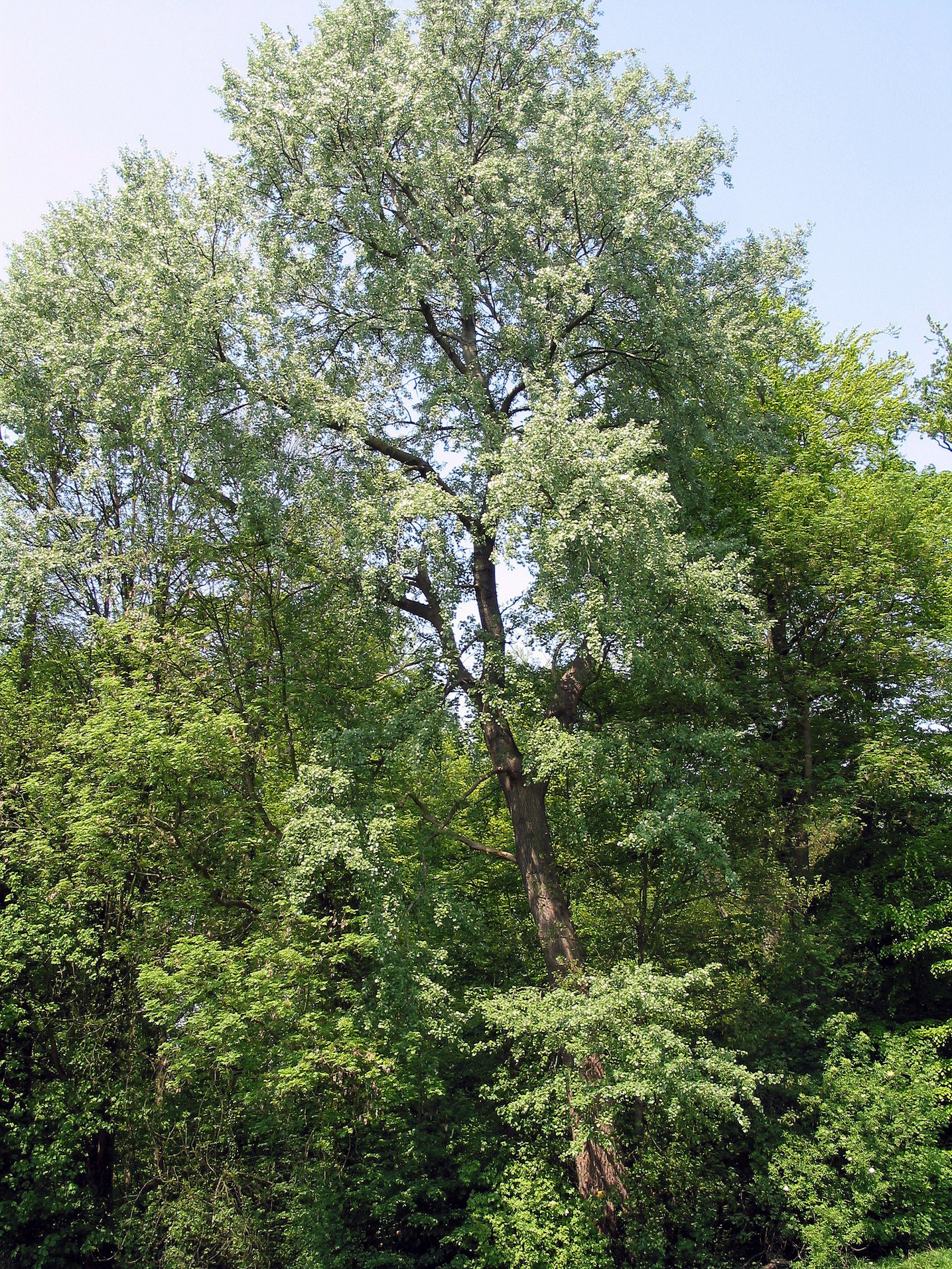
GrauPappel Populus x canescens Beschreibung Steckbrief Systematik
Populus × canescens, the grey poplar, is a hybrid between Populus alba (white poplar) and Populus tremula (common aspen). It is intermediate between its parents, with a thin grey downy coating on the leaves, which are also much less deeply lobed than the leaves of P. albus.

Graupappel Populus x canescens Österreichische Baumfreunde
Populus × canescens, the grey poplar, is a hybrid between Populus alba (white poplar) and P. tremula (common aspen). It is intermediate between its parents, with a thin grey downy coating on the leaves, which are much less deeply lobed than the leaves of P. alba.

Grey poplar (Populus x canescens) underside of leaves May 2018 YouTube
Populus × canescens Common name: Gray Poplar Pronunciation: pop-U-lus ka-NES-enz Family: Salicaceae Genus: Populus Type: Broadleaf Native to (or naturalized in) Oregon: No Deciduous tree, large tree, 40-70 ft (12-21 m); spreading.
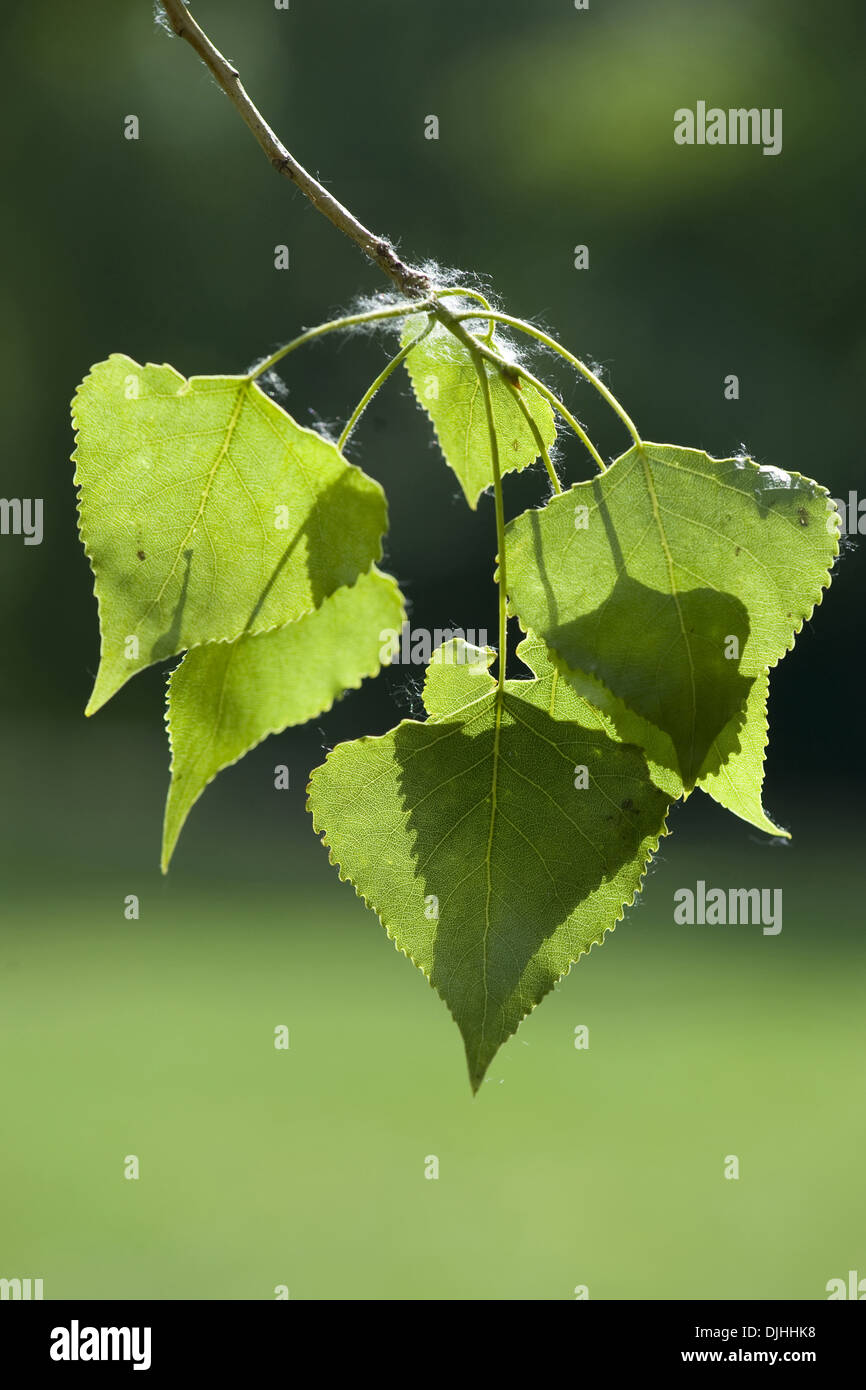
grey poplar, populus x canescens Stock Photo Alamy
Populus x canescens (grey poplar) Grey poplar. Getty Images. Grey poplar is a hybrid between Populus alba (white poplar) and Populus tremula (aspen). Particularly vigorous in growth, it forms a substantial tree which is broadly columnar in shape, spreading with age. Glossy dark green leaves are woolly and grey beneath, similar in shape to those.

Populus x canescens 'Macrophylla' Stephen Reed Flickr
P. x canescens is suitable for landscaped areas and as a solitary in parks and belts of trees. Prefers moist nutritious soils but also grows in drier less nutritious soil. It cannot take peaty or acid soils. Stands up well to (sea) wind. Specifications Height: 20 - 25 m, fast growing Crown: oval to round, irregular, half-open crown

Populus x canescens09 The Tree Library Flickr
Populus × canescens grey poplar A large fast growing deciduous tree to a height of more than 30m, spreading or upright in habit, with dark green glossy leaves that are grey underneath. In early spring, red catkins appear on male trees, and rarely seen, green catkins on females Join the RHS today and save 25% Join now © visionspictures.com
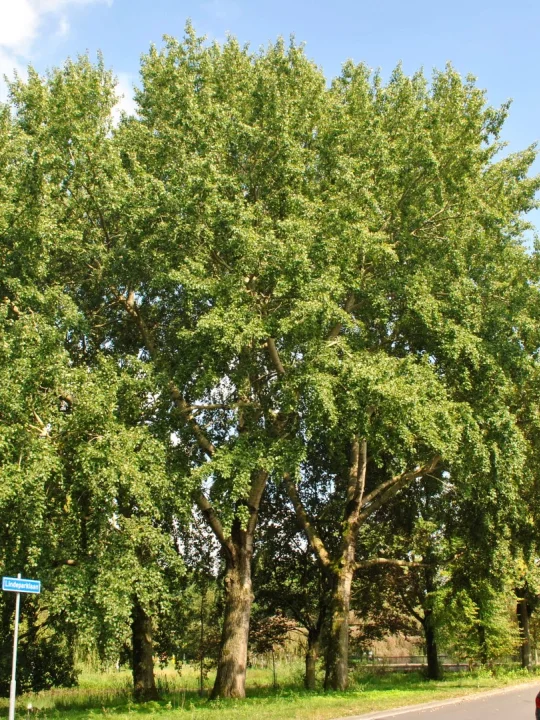
Tree Populus x canescens Dương xám A tree lover blog!
General Information. Populus x canescens is a deciduous tree that can grow up to 30.00 metres tall. It is harvested from the wild for local use as a medicine and source of materials..

Grey Poplar Populus x canescens (P. alba x tremula)
Populus × canescens, the grey poplar, is a hybrid between Populus alba (white poplar) and P. tremula (common aspen). It is intermediate between its parents, with a thin grey downy coating on the leaves, which are much less deeply lobed than the leaves of P. alba.

GrauPappel (Populus x canescens) Habitus bestimmen GrauPappel
description: The gray poplar is a hybrid of aspen and white poplar and is found in the temperate zones of the earth. Tree profile name botanical: Populus × canescens other name: Grey Poplar family: Willow family (Salicaceae) species: deciduous tree height: up to 30 m (99 ft) leaf: The leaves of Grey poplar are round to ovoid and slightly lobed.

Gray Poplar 'Tower' (Populus x canescens) My Garden Life
P. x canescens is a spreading to broadly columnar, suckering, deciduous tree with pale grey bark, triangular to ovate, dark green leaves, grey-downy beneath. Shorter shoots bear oval to rounded leaves, light green beneath. Leaves turn red, orange, and yellow in autumn. Red catkins bloom on male trees in early spring. Green, female catkins are rarely produced.

South West Grid for Learning Trust May Grey Poplar (Populus x canescens)
Towarz. Dendrol. 3: 30 (1930). Populus × hybrida Rchb., Icon. Fl. Germ. Helv. 21: 29 (1863), nom. illeg. Populus × juliana-pendula Dippel, Handb. Laubholzk. 2: 192 (1892). Populus × rogalinensis Wróbl., Rhodora 3: 30 (1930). Populus schischkinii Grossh., Bot. Zhurn.

Populus ×canescens Peuplier grisard, Grisard Van den Berk Pépinières
Return the soil to the planting area packing it firmly around the root ball. Fill the hole until the soil line is just at the base of the plant, where the roots begin to flare out from the main stem. Water the plant well then add a 2" (5cm) layer of mulch, such as shredded bark, around the planting area. Keep the mulch at least 4" (10cm.
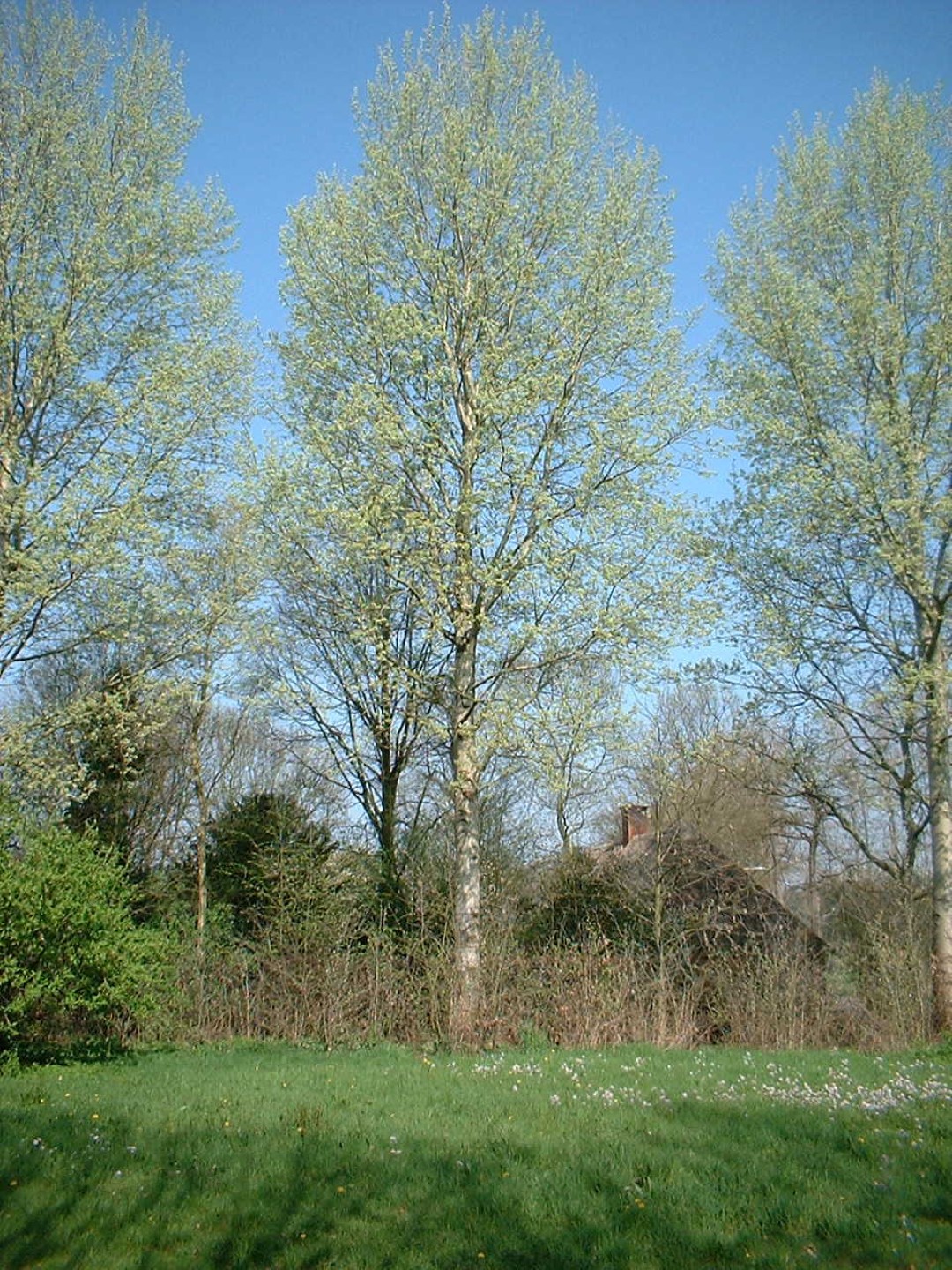
Populus ×canescens 'Schubu' Populus ×canescens 'Schubu' Van den Berk Baumschulen
Botanical details Family Salicaceae Native to the UK No Potentially harmful Genus Populus Genus description Populus are deciduous trees, mostly very fast-growing and large, with male and female catkins on separate trees, opening before the leaves. Male catkins are the more ornamental, female ones can be a nuisance from the cottony, wind-blown seeds